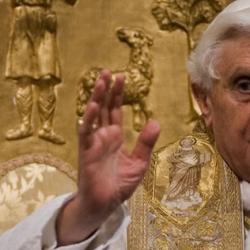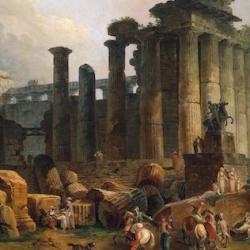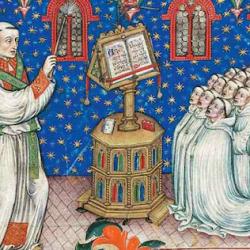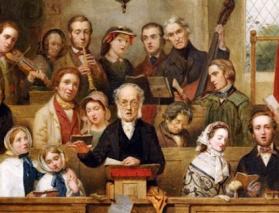Barbara Kowalzig (Singing for the Gods, 5) observes that “Choral song was everywhere in the Greek
world, and even if we attempt to avoid the risk of viewing the entirety of Greek
civilization through the choral lens, it is nevertheless clear that dancing in
the Greek khoros was a ubiquitous, and culturally highly prolific, social practice.”
She suggests that the chorus was ubiquitous because of its intimate relation with membership in the polis: “One reason for this ubiquity lies no doubt in the chorus being a representation of
‘community’ and closely related to questions of group identity on many possible
levels: local civic identity within the framework of the ancient city, but also on
the Panhellenic stage and even beyond. Class, gender, and age identity are also
formulated within the chorus. Singing in the chorus is often seen as typical of
the archaic polis world and as much a feature of the aristocratic community as a
way of handling conflict arising from it, for example in the way it commands
ambitious individuals to dance along to a common tune.”
In short, “Choral song and dance is held to be socially integrative and fundamental to the community’s well-being, and it affords a social cohesion in which the common reference system of local gods and heroes plays an important role. Choral singing is something traditional, handed down from generation to generation with the implication of unchangeability, and it shapes the relations of the participants, both with one another and with their past. Choral performance of myth and ritual is a vehicle for social interaction and guarantees stability.”
Of course, being Greeks, they would not represent the city other than agonistically. Citing Peter Wilson’s The Anthenian Institute of Khoregia, Kowalzig notes, “in classical Athens the practice of ‘leading the chorus’
openly exploited the image of collective representation in the khoros and turned
communal dancing into a fierce and vain competition over staging one’s engagement
for the city’s welfare. The chorus was thus by no means purely an instrument
of community representation but also a field of social competition, which
allowed the conspicuous demonstration of social hierarchies within the group” (6).











